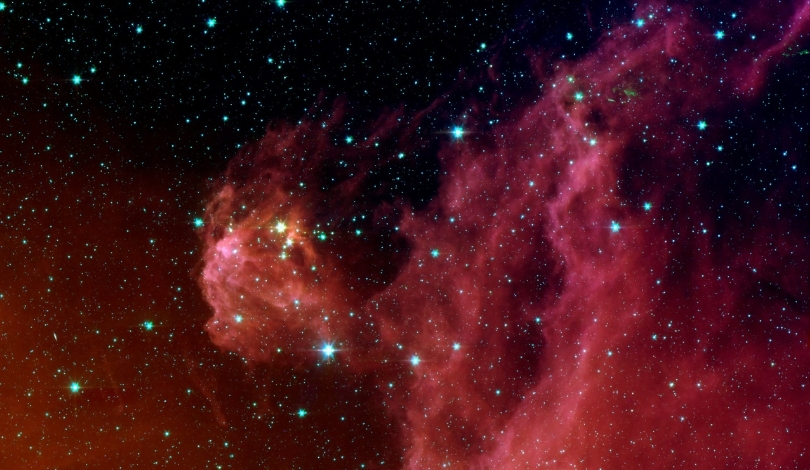The James Webb Space Telescope (JWST) continues to achieve remarkable precision in its mirror alignment, a critical factor for capturing clear images of the universe. Assembling a telescope with optical precision in space presents unique challenges, but JWST has demonstrated effective solutions. This meticulous alignment ensures that the telescope can observe distant galaxies with unprecedented clarity.
Unlike earlier space telescopes, JWST utilizes a segmented primary mirror composed of 18 hexagonal segments, each measuring 1.3 meters wide. This design allows the telescope to be folded during launch and then assembled once in orbit. The alignment of these segments is essential for the mirror to function as a single 6.5-meter reflector, enabling the telescope’s advanced observational capabilities.
How Mirror Segments Align
Each mirror segment in the JWST is equipped with actuators that adjust the segment along six axes. This precise movement is controlled using a wavefront phase technique, which relies on the interference patterns created by overlapping light waves. Proper alignment of the mirrors ensures that the light from each segment converges to form a sharp, focused image.
Techniques Used for Precision
“Maintaining alignment is crucial for the performance of JWST,” said a member of the JWST team.
The Near Infrared Camera (NIRCam) on JWST plays a vital role in the alignment process. By targeting a star and deliberately misaligning the mirrors, the team can observe the blurred diffraction pattern. Adjustments are then made to refocus the star, achieving the necessary mirror alignment.
Ongoing Maintenance Efforts
“Regular monitoring ensures the longevity and accuracy of our observations,” an engineer explained.
Despite initial successful alignment post-launch, factors such as vibrations and temperature shifts can cause mirror segments to drift. To counter this, the JWST team conducts wavefront error checks every other day and uses a camera to regularly inspect the mirror assembly, ensuring continuous precision.
The JWST was engineered to maintain a wavefront error of 150 nanometers, yet the team has achieved an impressive 65 nanometer error margin. This level of precision is critical for JWST’s ability to capture detailed images of the most distant and faint galaxies, advancing our understanding of the universe.
The alignment techniques employed by JWST build upon the experiences from previous missions, such as the Hubble Space Telescope. While Hubble has a single primary mirror, JWST’s segmented approach allows for a larger effective mirror size. This evolution in design reflects significant advancements in space telescope technology, enabling more ambitious scientific objectives.
Achieving and maintaining such precise alignment in the harsh environment of space underscores the engineering prowess behind JWST. The ongoing efforts to monitor and adjust the mirror segments ensure that the telescope remains a leading instrument for astronomical research, providing invaluable data for scientists worldwide.










